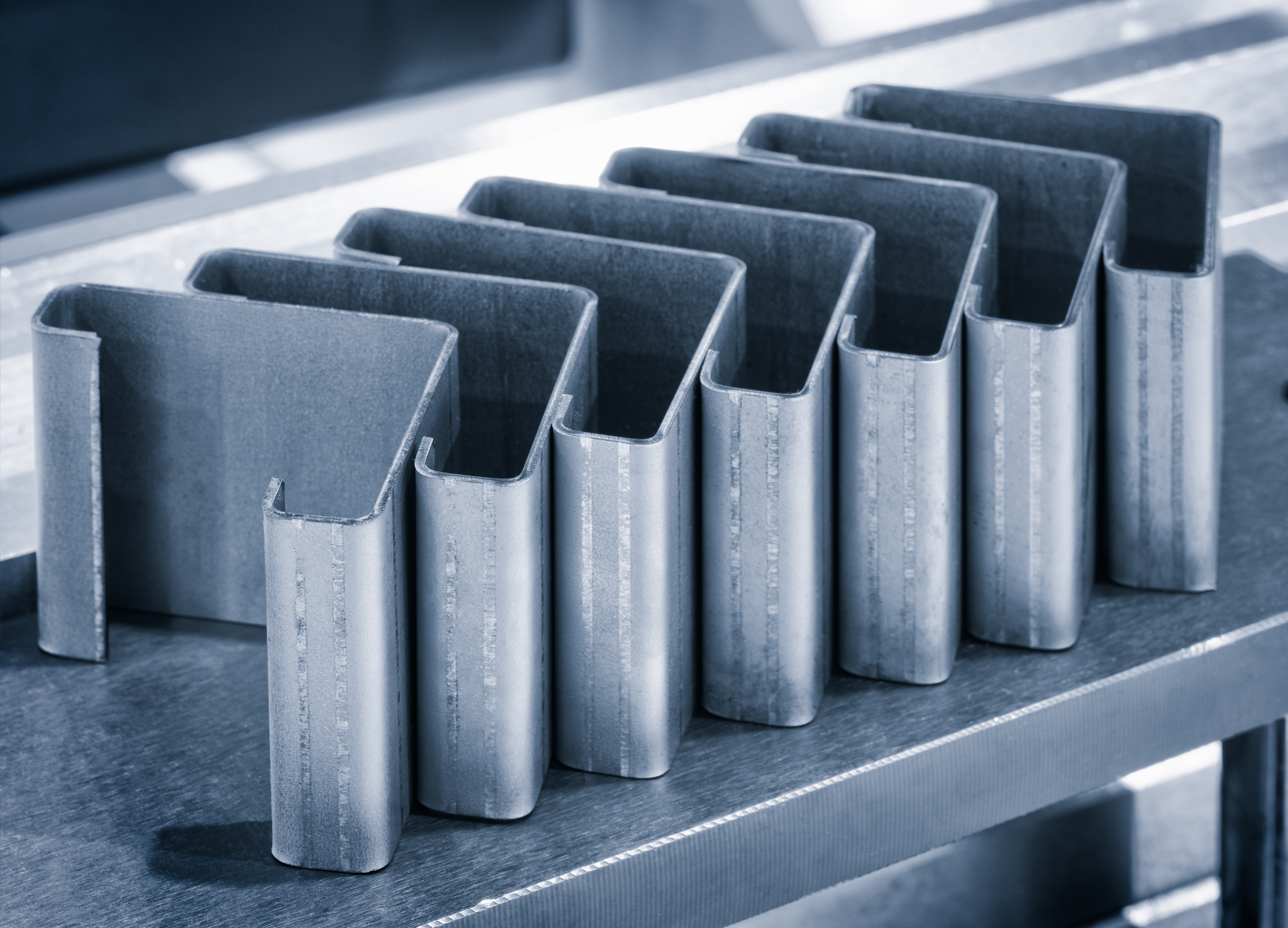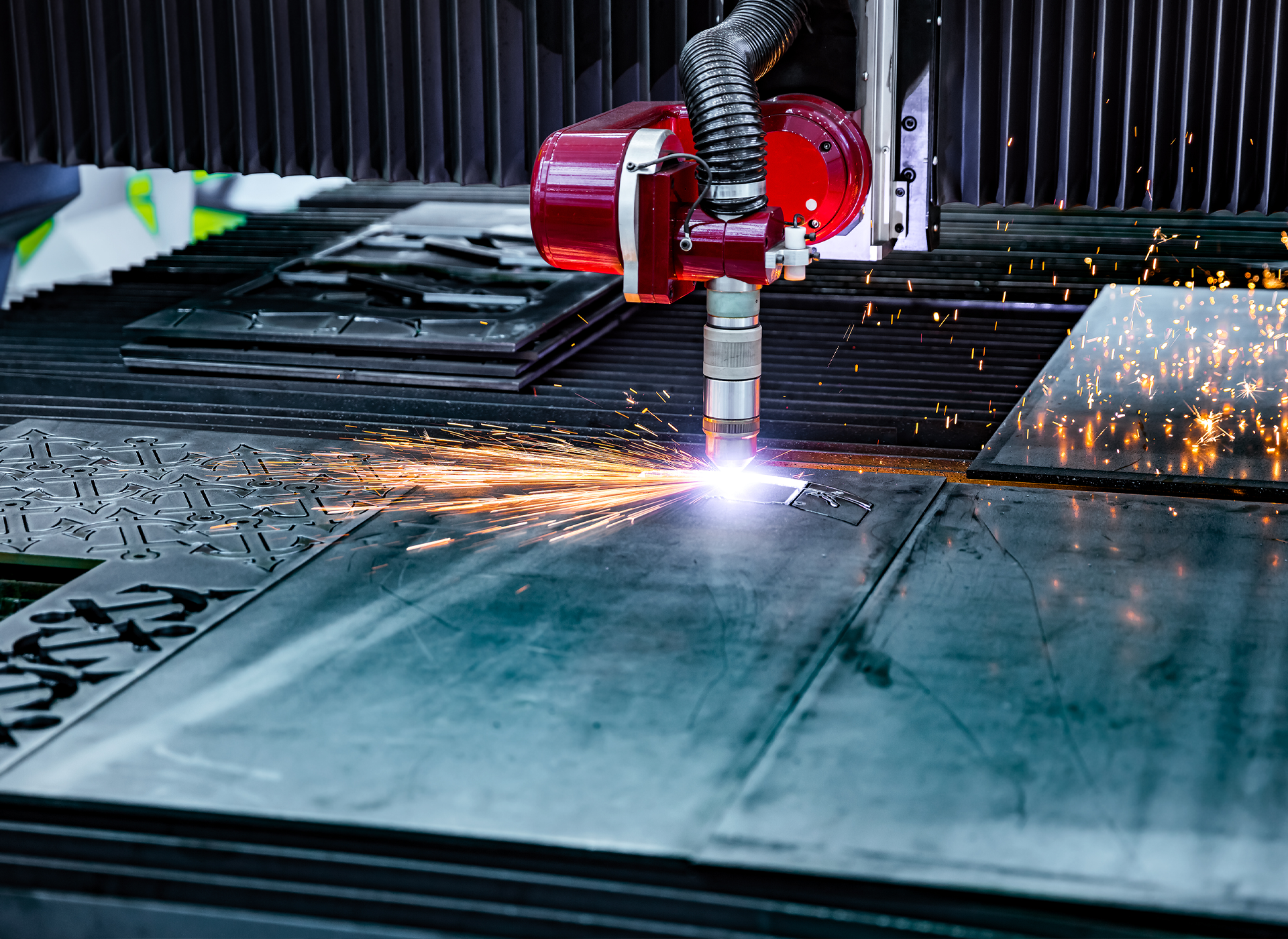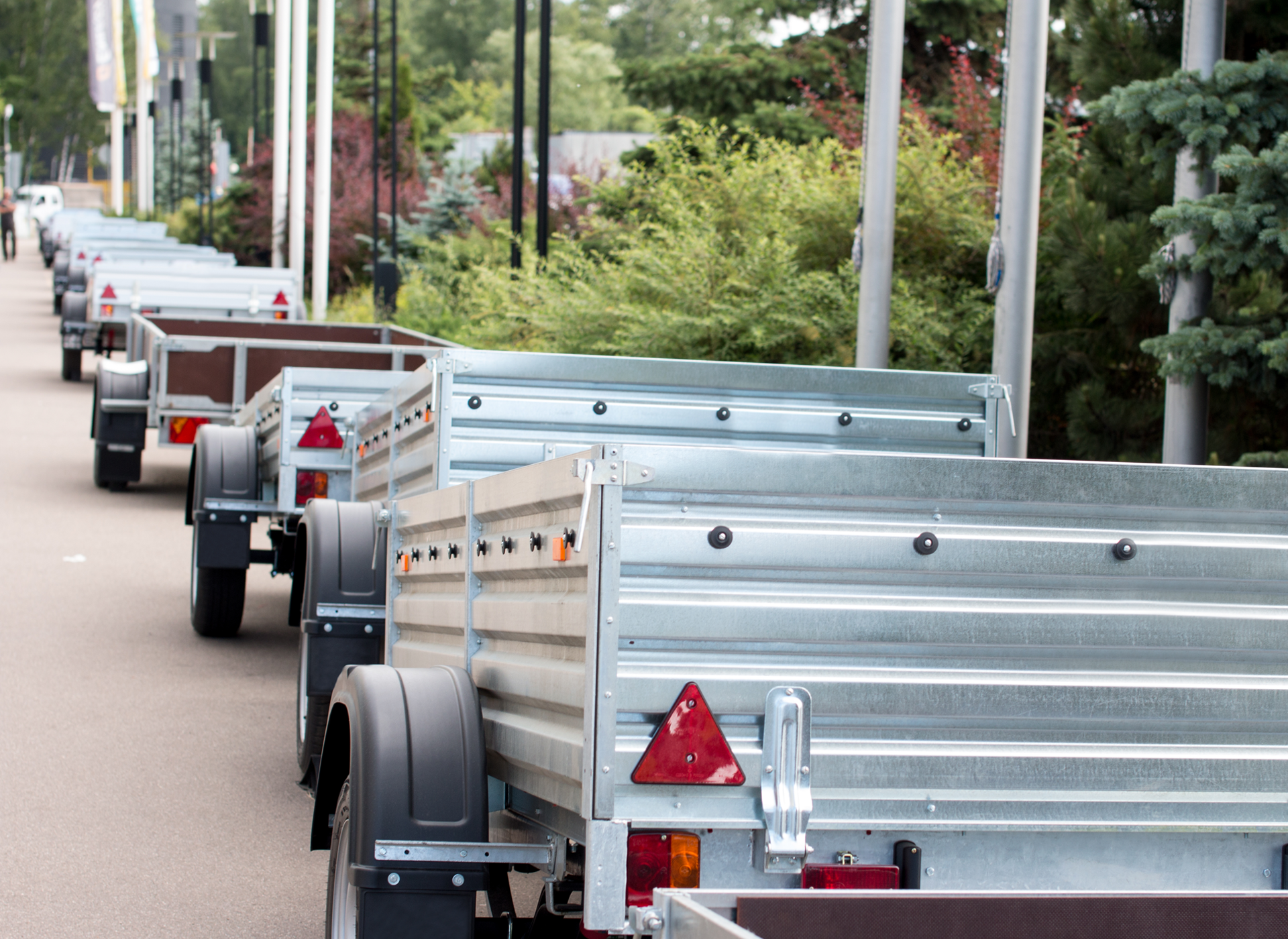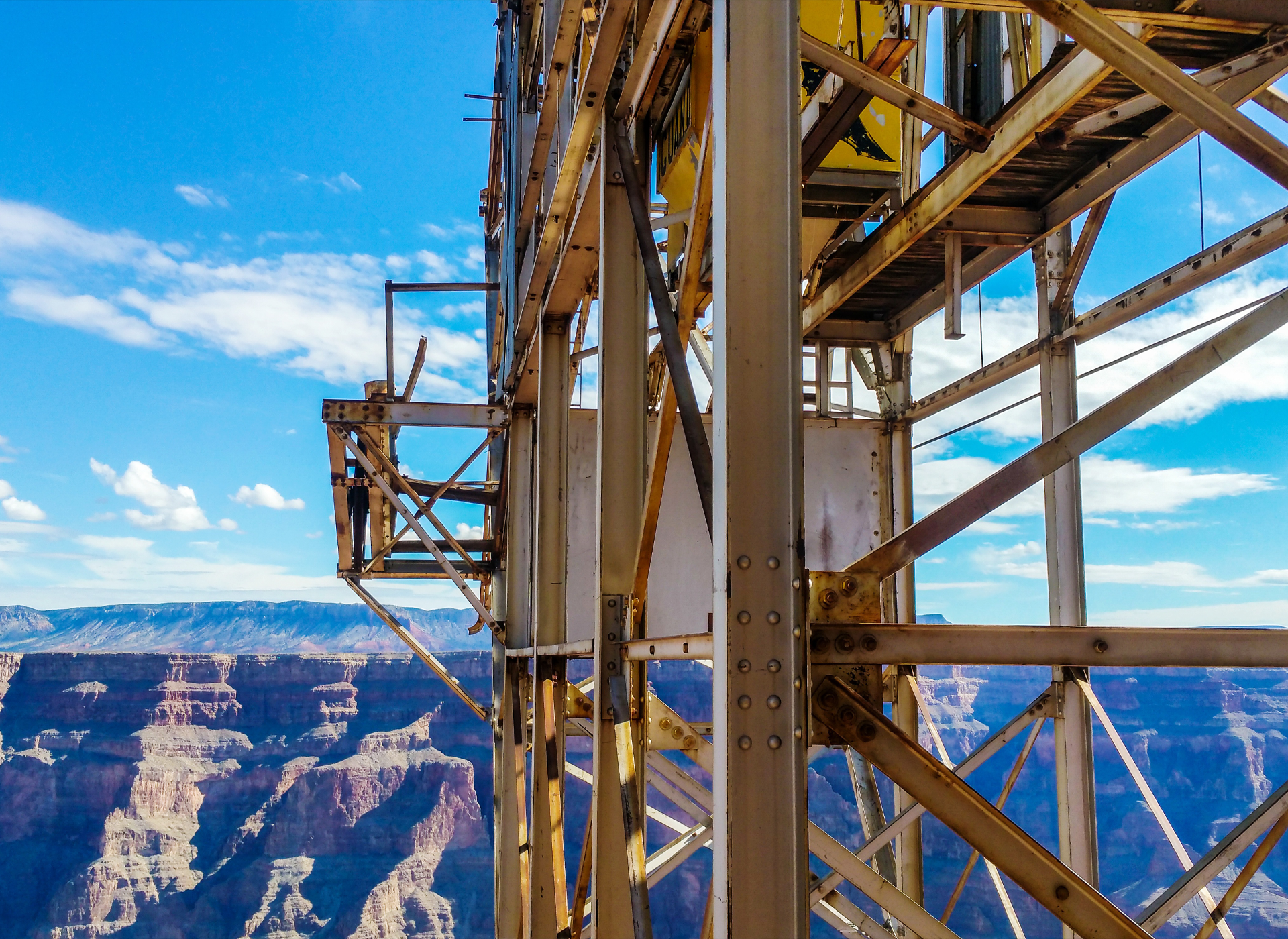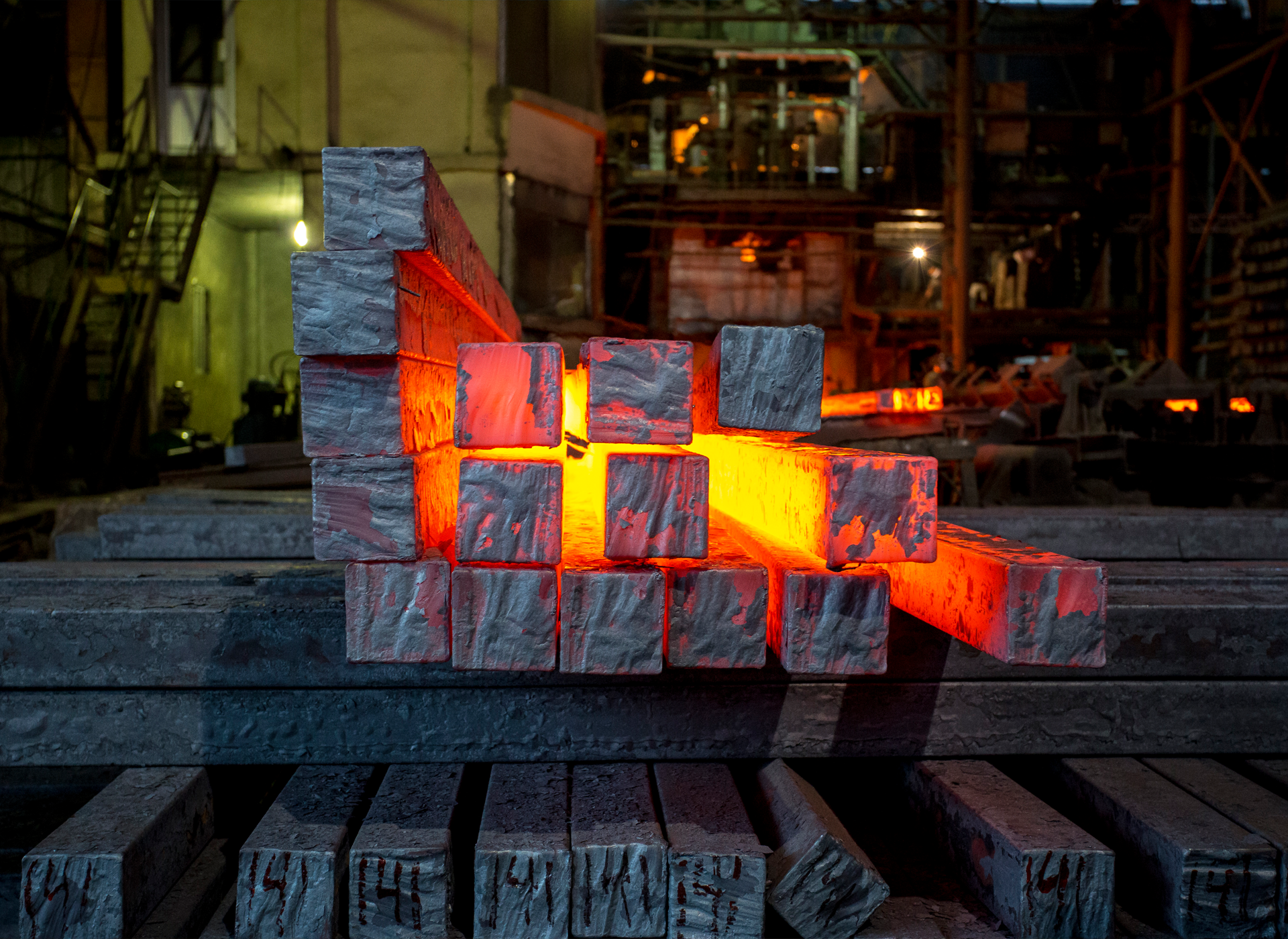Understanding High-Strength Steel: Domex, 100XF & T1
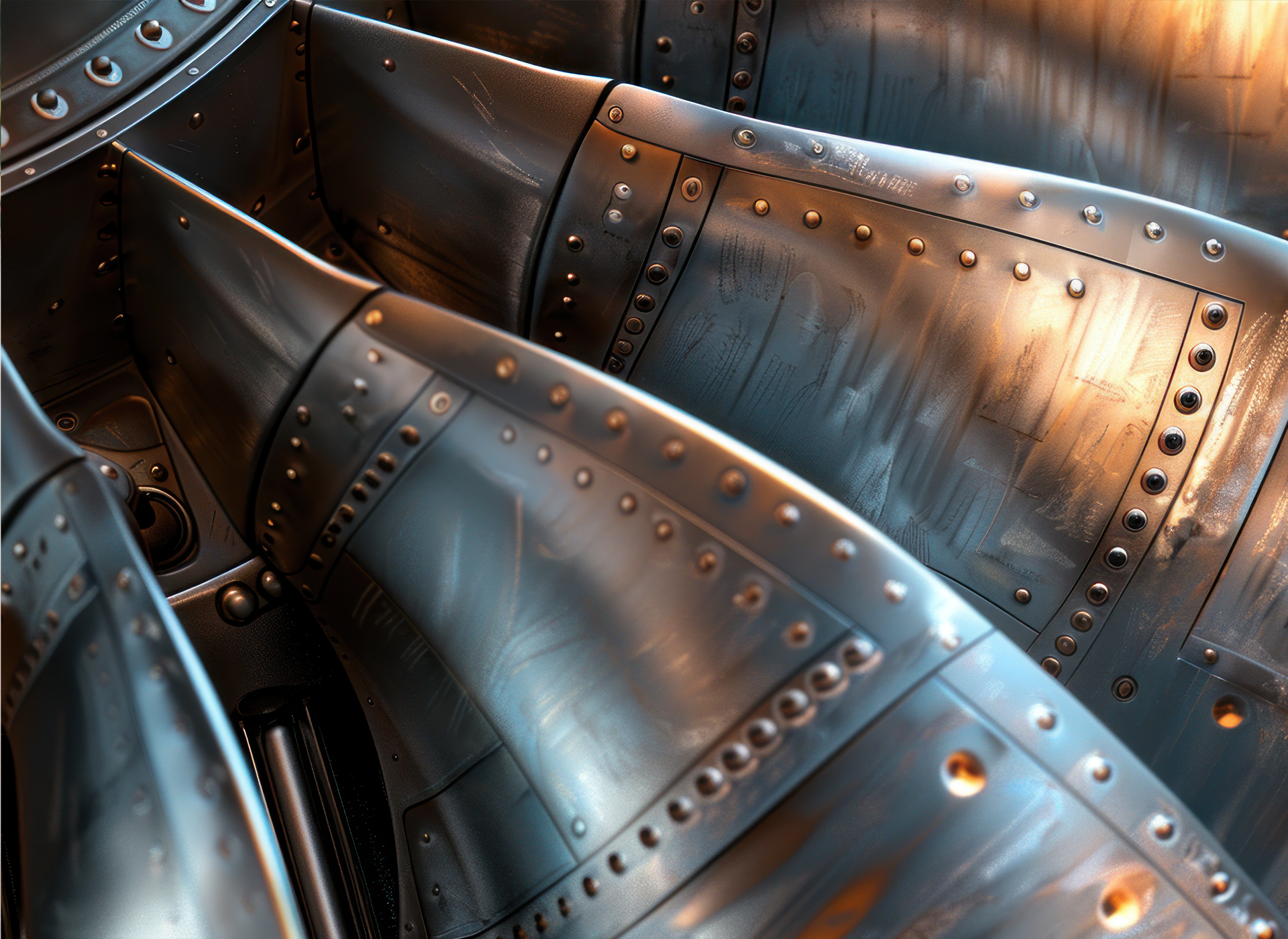
In today’s industrial world, the demand for materials that balance strength, weight, and manufacturability is growing faster than ever. Whether you're fabricating heavy equipment, building transportation frames, or constructing support structures, the steel you choose matters and high-strength steels like Domex®, 100XF, and T1 (A514) are engineered to deliver the performance modern applications demand.
At Olympic Steel, we stock and process each of these high-strength steel types to support manufacturers seeking optimized designs, lighter builds, and enhanced structural integrity. This article explores the properties of Domex, 100XF, and T1, compares them side by side, and explains how to select the right one for your application.
What Is High-Strength Steel?
High-strength steel is a class of steel developed to provide significantly higher yield and tensile strength than traditional structural grades. While standard carbon steel like A36 may offer yield strengths of 36,000 psi, high-strength steels often start at 80,000–100,000 psi and above.
These steels allow manufacturers to use less material to achieve the same or greater load-bearing performance. That means lighter frames, smaller footprints, and reduced costs without compromising safety or durability.
Olympic Steel offers multiple high-strength steel options each with its own strengths depending on fabrication, formability, welding requirements, and end-use environment.
Domex® High-Strength Steel
Domex is a proprietary brand of high-strength, cold-formed steel developed by SSAB, widely used for structural applications in transportation, construction, and agriculture. At Olympic Steel, Domex is part of our standard high-strength product lineup, particularly in the 100XF range.
Domex steel combines excellent strength with superior formability, making it ideal for parts that require bending or shaping. It’s also consistent in flatness and thickness, which makes it a favorite among OEMs using laser cutting, robotic welding, and precision bending systems.
Typical uses include:
- Trailer crossmembers and chassis
- Agricultural frames and lifting equipment
- Roll-formed structural shapes
100XF High-Strength Plate
100XF is a high-strength, cold-rolled plate that offers a minimum yield strength of 100,000 psi. It’s often chosen for its weldability, dimensional consistency, and suitability for thinner gauge high-strength builds. Olympic Steel provides 100XF plate in cut-to-size blanks, and it’s frequently used where strength and weight efficiency are key.
Applications for 100XF include:
- Crane and boom components
- Truck body structures
- Reinforced equipment panels
Compared to T1, 100XF offers easier formability and consistent flatness, making it ideal for parts that require repeatable processing.
T1 Steel (A514): Structural Powerhouse
T1, also known as A514, is a quenched and tempered alloy steel plate used primarily for high-load structural applications. Olympic Steel stocks T1 in multiple grades including A514-B, A514-Q, and others, typically with a minimum yield strength of 100 ksi (690 MPa) and tensile strengths up to 130 ksi.
What sets T1 apart is its ability to withstand dynamic stress and impact. It is used in heavy-duty equipment frames, crane supports, mining gear, and structural weldments where toughness, fatigue resistance, and structural performance are top priorities.
Key benefits:
- Excellent strength-to-weight ratio
- Toughness under impact and stress
- Strong weldability with appropriate procedures
Side-by-Side Comparison Table
| Property | Domex 100XF | 100XF Plate | T1 (A514) |
|---|---|---|---|
| Yield Strength | ~100,000 psi | 100,000 psi | 100,000+ psi |
| Tensile Strength | 110–130 ksi | ~110 ksi | 110–130 ksi |
| Formability | Excellent | Very Good | Moderate |
| Welding | Easy | Easy | Requires preheat |
| Thickness Range | Thinner | Medium (1/8"–1") | Medium–Thick (up to 4") |
| Common Use | Precision shapes | Formed structural parts | Heavy structural builds |
Choosing the Right High-Strength Steelg Readiness
When evaluating high-strength steels for your project, consider the following factors:
1. Fabrication Method: Domex and 100XF offer superior bendability and laser-cutting compatibility. If you're running a production line with press brakes or robotic welders, these steels offer excellent repeatability.
2. Structural Demand: For dynamic stress applications or load-bearing frame components, T1 provides the impact toughness and fatigue resistance needed for long-term performance.
3. Weight Savings: All three options allow for thinner, lighter components without compromising strength. This is particularly valuable in transportation and mobile equipment manufacturing.
4. Weldability Requirements: Domex and 100XF can be welded using standard low-hydrogen methods. T1 requires more careful heat control but delivers unmatched structural performance.
FAQs: High-Strength Steel Selection
Is Domex the same as 100XF?
No. Domex is a proprietary product line from SSAB, while 100XF is a generic name for cold-rolled high-strength plate. Both can offer similar strength levels but may differ in formability and brand consistency.
When should I choose T1 over 100XF?
T1 is better suited for heavy structural applications involving high loads and dynamic impact, while 100XF is ideal for lightweight, formable parts.
Can I laser cut T1 steel?
Yes, but due to its thickness and hardness, T1 requires proper setup. Domex and 100XF offer smoother, more predictable laser cutting.
Which grade offers the best combination of strength and formability?
Domex is often preferred where tight bends and precision forming are needed, especially in transportation and construction equipment.
Final Thoughts
High-strength steel is at the core of modern fabrication, enabling safer, lighter, and more efficient designs across industries. Whether you're designing a trailer chassis, agricultural equipment, a crane boom, or a mining frame, the choice between Domex, 100XF, and T1 will influence performance, cost, and manufacturability.
Olympic Steel helps customers across transportation, agriculture, mining, and construction select and process the high-strength steel they need delivered cut, formed, and ready to fabricate.
Let our team guide your material strategy and ensure your next project is built with the steel that’s engineered to perform.
